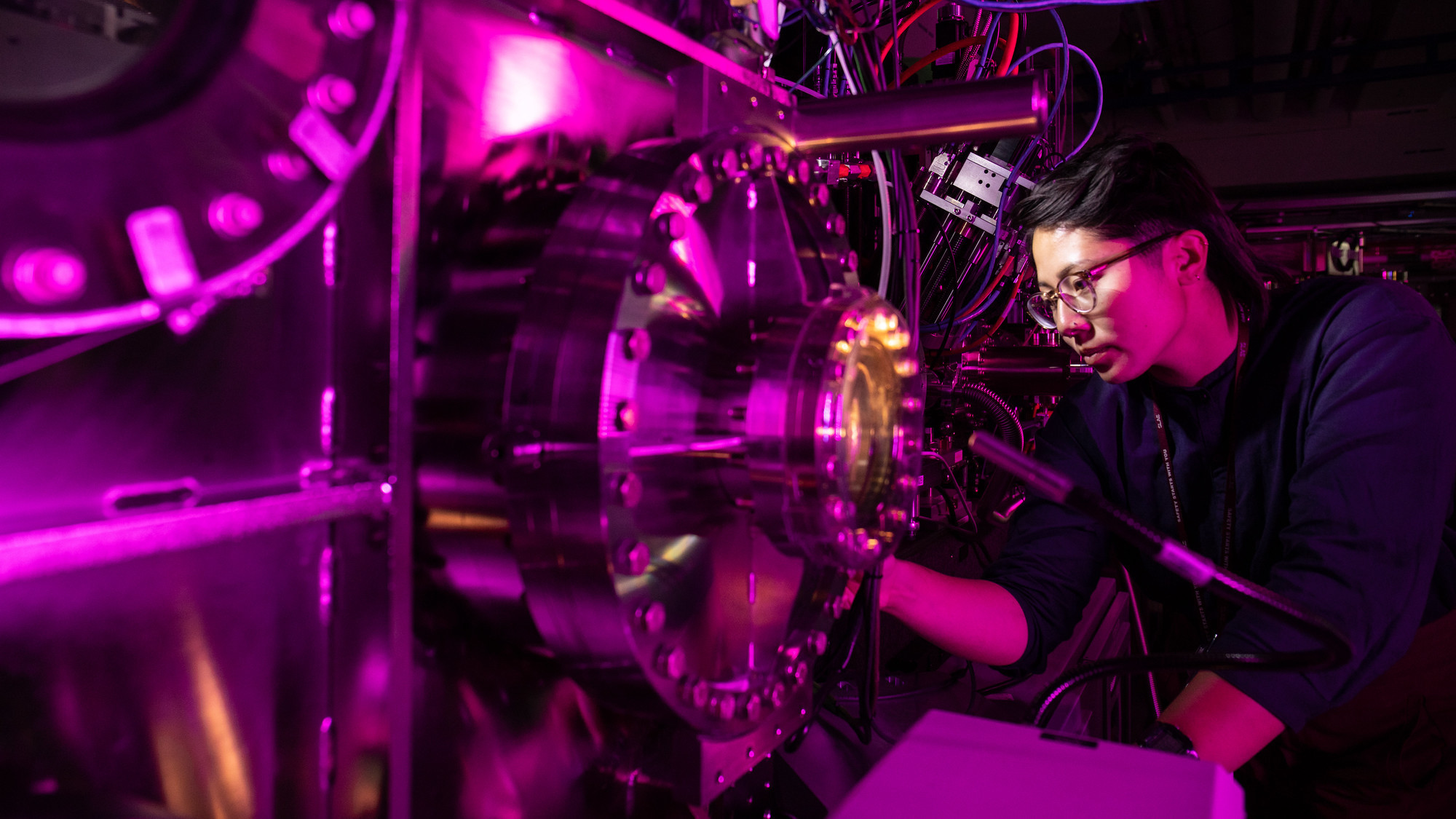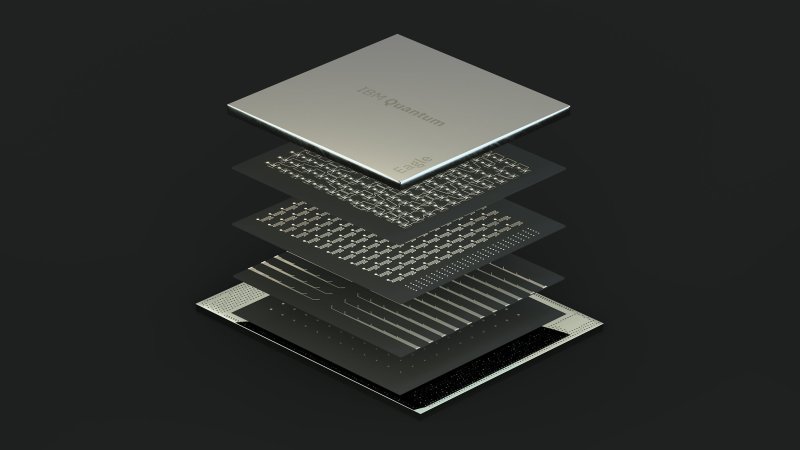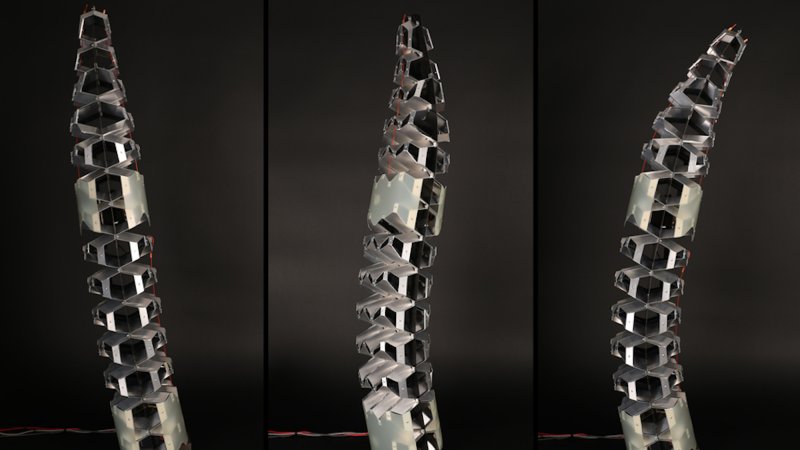

One of the world’s most powerful lasers can soon begin peering deeper into the atomic world thanks to recent, cutting-edge X-ray upgrades. Stanford’s SLAC National Accelerator Laboratory has announced improvements to the X-ray free-electron laser (XFEL) component of the Linac Coherent Light Source-II (LCLS-II) allowing “unparalleled capabilities” for examining quantum materials—a milestone over 13 years in the making.
“This achievement marks the culmination of over a decade of work,” said LCLS-II Project Director Greg Hays via the September 18 statement. “It shows that all the different elements of LCLS-II are working in harmony to produce X-ray laser light in an entirely new mode of operation.”
[Related: How to make an X-ray laser that’s colder than space.]
Despite its “laser” classification, LCLS-II can be thought of more as a massive microscope than a device generating bright pinpoints of light. When powered up, an XFEL creates extremely bright X-ray light pulses so quickly they can capture behavioral details of electrons, atoms, and molecules on their natural timescales. SLAC built the world’s first physical XFEL, which began operating in 2009 by firing electrons via a particle accelerator through a room temperature copper pipe at 120 pulses per second.
LCLS-II’s XFEL, however, offers as many as a million X-ray pulses per second—roughly 8,000 times more often, as well as 10,000 times brighter, than its progenitor. LCLS-II’s record-shattering abilities hinge upon a state-of-the-art superconducting accelerator that uses 37 cryogenic modules to cool its environment down to an astonishing -456 F; that’s even colder than the vacuum of outer space, and only a few degrees’ shy of absolute zero.

Scientists intend to use the LCLS-II upgrades to study quantum materials’ interactions, as well, something pivotal to accurately examine their “unusual and often counter-intuitive properties,” according to SLAC’s announcement. A better understanding of these attributes could lead to ultrafast data processing, more energy efficient devices, quantum computers, as well as a host of other technological breakthroughs. “From the intricate dance of proteins to the machinery of photosynthesis, LCLS-II will shed light on biological systems in never-before-seen detail,” reads SLAC’s rundown.
[Related: Physicists take first-ever X-rays of single atoms.]
PopSci has followed the progress of LCLS-II’s underlying superconductor tech for decades now. “Far down on the temperature scale near absolute zero (−459°F) lies a strange world of ‘electrical perpetual motion’—or superconductivity—where electric currents, once set in motion, flow forever,” PopSci first described in 1967. “With new developments in materials and the methods for cooling them, truly fantastic devices are taking shape in laboratories across the country.”







